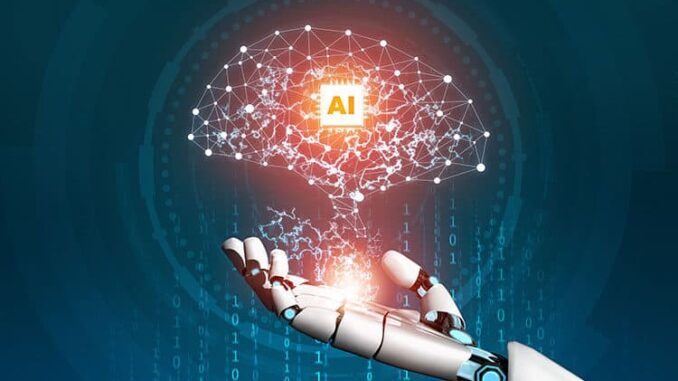
AI tools that analyze resumes are commonly referred to as Applicant Tracking Systems (ATS) or resume parsing software.
These tools utilize machine learning, natural language processing (NLP), and data analytics to streamline the hiring process. Here’s how they work and their benefits:









### How AI Tools Analyze Resumes
1. **Parsing and Structuring Data**:
– **Parsing**: AI tools scan resumes to extract relevant information such as contact details, work experience, education, skills, certifications, and other key data points.
– **Data Structuring**: The extracted information is organized into a structured format, often in a database, making it easier to analyze and compare.
2. **Keyword Matching**:
– AI tools compare the parsed resume data against the job description to identify keywords and phrases that match the required qualifications, skills, and experiences.
– This process often involves using synonyms, related terms, and context understanding to assess whether a candidate fits the job criteria.
3. **Scoring and Ranking**:
– Resumes are scored based on how well they match the job description. Higher scores indicate better fits.
– Some systems provide a ranking list of candidates, allowing hiring managers to prioritize their review based on fit.
4. **Bias Detection**:
– Some AI tools have built-in features to detect and minimize bias in the hiring process by ensuring that certain demographic information does not influence the selection process.
5. **Data Analysis**:
– Beyond individual resumes, AI tools can analyze trends in candidate data across multiple applications, helping HR teams understand what profiles yield the best hires and where to focus recruiting efforts.
### Benefits of AI Resume Analysis Tools
1. **Efficiency**:
– Automates the initial screening process, saving time for recruiters and hiring managers by quickly filtering out unqualified candidates.
2. **Improved Candidate Selection**:
– By focusing on skill and job fit rather than personal biases, AI tools can help identify candidates who may be overlooked otherwise.
3. **Consistency**:
– Provides a uniform approach to resume evaluation, ensuring that all candidates are assessed against the same criteria.
4. **Enhanced Candidate Experience**:
– By speeding up the hiring process, candidates receive faster feedback, improving their overall experience.
5. **Insights and Reporting**:
– Analyzing data from numerous applications can help organizations understand the effectiveness of their job postings and recruiting strategies. They can make data-driven decisions to improve candidate sourcing and hiring processes.
### Limitations and Considerations
– **Over-reliance on Keywords**: While keyword matching is effective, some candidates with valuable experiences may be overlooked if their resumes don’t contain the right keywords.
– **Lack of Context Understanding**: AI systems may struggle with complex language or unconventional resume formats, leading to misinterpretations.
– **Potential Bias**: If the training data is biased, the AI tool may perpetuate those biases, impacting diversity in hiring.
### Conclusion
AI tools for resume analysis can greatly enhance the efficiency and effectiveness of the recruitment process. However, it is essential for organizations to combine AI tools with human judgment to ensure a holistic evaluation of candidates and promote diversity in hiring.

Leave a Reply